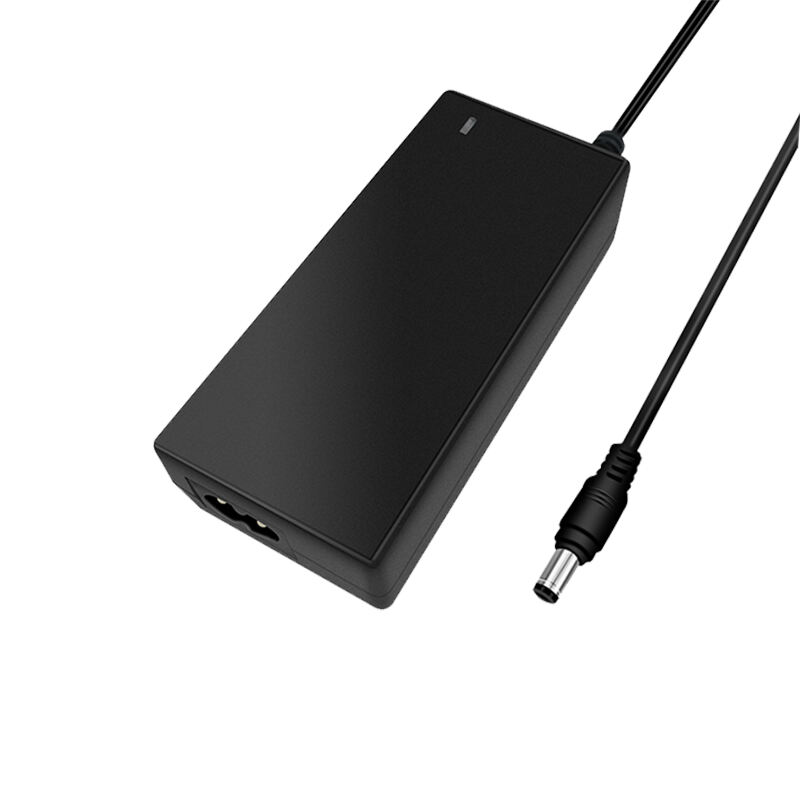Introduction
In the modern digital age electronics are ubiquitous, and power outlets serve as their life line in each and every household. Using the wrong power adapter might result in damage to your device, data lose or safety risks. So, in short, do not take things for granted: make sure that power adapter you are using is actually compatible with your device. In this article, you will be educated on things such as the steps required to verify power adapter compatibility in order to keep your devices from dying at worse or performing poorly at best.
Know How Much Power Your Device Needs
The only way to choose a power adapter well is knowing the needs of our device from us. This can usually be located on a sticker that is placed either on the device or in the owners manual, and sometimes you can find these right on the manufacturers website. Important to Note: Voltage (V) and Current (A) Requirement, Connector Type & Polarity. Incorrect specifications may also cause the device to be overcharged, undercharged, or damage the internal components of the device.
Adapter specifications verification
Now that you know the power requirements of your device, look at the power adapter. First, they would have to be label properly on the adapter sleeve for Voltage and Current output levels as well as connectors type and design. The output of the adapter has to be compatible with the input this device would use. For instance, using an adapter with higher voltage output in case if it is more than the requirement of your device can result in overheating and likely damage.
Checking Physical Compatibility
Physical Compatiblity -- You want to make sure that the connector on the USB network card adapter properly fits into the port of your device. A poor connection may manifest itself as intermittent charging or random data transfer issues. In addition, think about how long and how flexible the cable on the adapter is, as this can have a bearing on whether you can use it comfortably whilst in charge. Also the adapter must be durable, if you will move it frequently or if you use rough conditions.
Checking Electrical Compatibility
Compatibility for electricity is more than just the shape. Ensure the voltage and current output by adapter meet input requirements of device. Furthermore, take a look at the power source compatibility of the adapter such as if it is compatible with either AC or DC and the frequency that it operates on. In addition to connectivity, other adapters will occasionally introduce special features like polarity inversion or data bearing capacity that makes them crucial on some devices.
Certifications and Safety Standards
The need for safety certifications is due to the fact that they make sure power adapters will work and are safe. You should get adapters manufactured to accepted safety standards like UL (Underwriters Laboratories), CE (CONFORMITE European), and FCC (Federal Communications Commission). These certifications are essentially proof that the adapter has been tested and complies with certain safety standards which lowers the risk of electrical faults or fires.
Commonsense advice on how not to mix up your standards
It is further safe to ask the device manufacturer for suitable adapters. The biggest benefit of using adapters from a company which you already trust is that you will be certain the product is safe, as these companies are far more likely to produce reliable and secure tools. It would also be wise to test the adapter with device before taking it into the field and facing similar problems that can be easily identified there.
User Reviews and Technical Assistance
Reviews, written by fellow consumers, often provide the best gauge on how power adapters actually work in practice. Customer support can help with selecting the correct adapter and answer any specific questions or thoughts you may have on compatibility. You can also get help from online forums and communities, where users have already dealt with most of the compatibility issues that you may face.
Making Your Adapter Choices Future Proof
Choose a power adapter that may well be useful to you in the future. For those of you who have a lot of devices, multiple output ports in an adapter would make it easier to connect. Also make sure that the adapter is compatible with your new device or subsequent updates, and maybe even spend some more money on the adapters with a bit of advanced technology around it for use down the line.
Conclusion
Checking your power adapter compatibility involves looking at the specifications of your power adapter, what your device requires and if it has been safety certified. Doing so will keep your electronic devices safe and in top condition. Even as technology develops, it cannot overstate how important the right power adapter is. Choose power adapter wisely in terms of safety and performance, do visit JVA as they will always be there to assist you on compatibility issues.
Table of Contents
- Introduction
- Know How Much Power Your Device Needs
- Adapter specifications verification
- Checking Physical Compatibility
- Checking Electrical Compatibility
- Certifications and Safety Standards
- Commonsense advice on how not to mix up your standards
- User Reviews and Technical Assistance
- Making Your Adapter Choices Future Proof
- Conclusion

